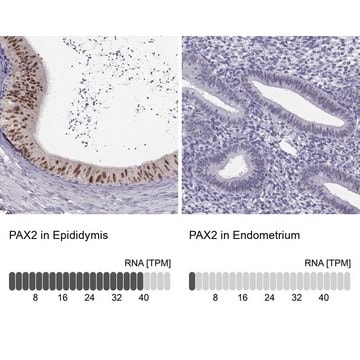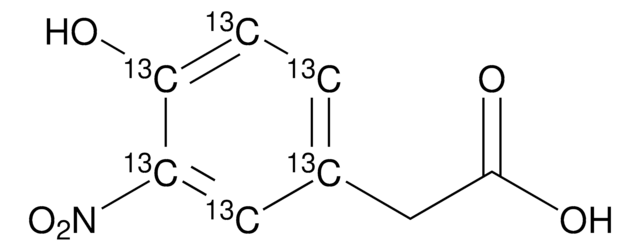MABS514
Anti-Keap1 Antibody, clone 144
clone 144, from rat
Synonym(s):
Kelch-like ECH-associated protein 1, Cytosolic inhibitor of Nrf2, INrf2
About This Item
Recommended Products
biological source
rat
Quality Level
antibody form
purified immunoglobulin
antibody product type
primary antibodies
clone
144, monoclonal
species reactivity
human, mouse
technique(s)
flow cytometry: suitable
immunocytochemistry: suitable
western blot: suitable
isotype
IgG2bκ
NCBI accession no.
UniProt accession no.
shipped in
wet ice
target post-translational modification
unmodified
Gene Information
human ... KEAP1(9817)
General description
Immunogen
Application
Western Blotting Analysis: A representative lot detected Keap1 in extracts from mouse embreyonic fibroblasts (MEF′s) (Watai, Y., et al. (2007). Genes to Cells. 12:1163-1178).
Western Blotting Analysis: A representative lot detected Keap1 in transfected HeLa cells (Tsuchiya, Y., et al. (2011). Mole. and Cell Biol. 31(22):4500-4512).
Immunocytochemistry Analysis: A representative lot detected Keap1 in mouse embreyonic fibroblasts (MEF′s) cells (Watai, Y., et al. (2007). Genes to Cells. 12:1163-1178).
Signaling
Signaling Neuroscience
Quality
Western Blotting Analysis: 0.5 µg/mL of this antibody detected Keap1 in 10 µg of Raji cell lysate.
Target description
Physical form
Storage and Stability
Other Notes
Disclaimer
Not finding the right product?
Try our Product Selector Tool.
Storage Class
12 - Non Combustible Liquids
wgk_germany
WGK 1
flash_point_f
Not applicable
flash_point_c
Not applicable
Certificates of Analysis (COA)
Search for Certificates of Analysis (COA) by entering the products Lot/Batch Number. Lot and Batch Numbers can be found on a product’s label following the words ‘Lot’ or ‘Batch’.
Already Own This Product?
Find documentation for the products that you have recently purchased in the Document Library.
Our team of scientists has experience in all areas of research including Life Science, Material Science, Chemical Synthesis, Chromatography, Analytical and many others.
Contact Technical Service








